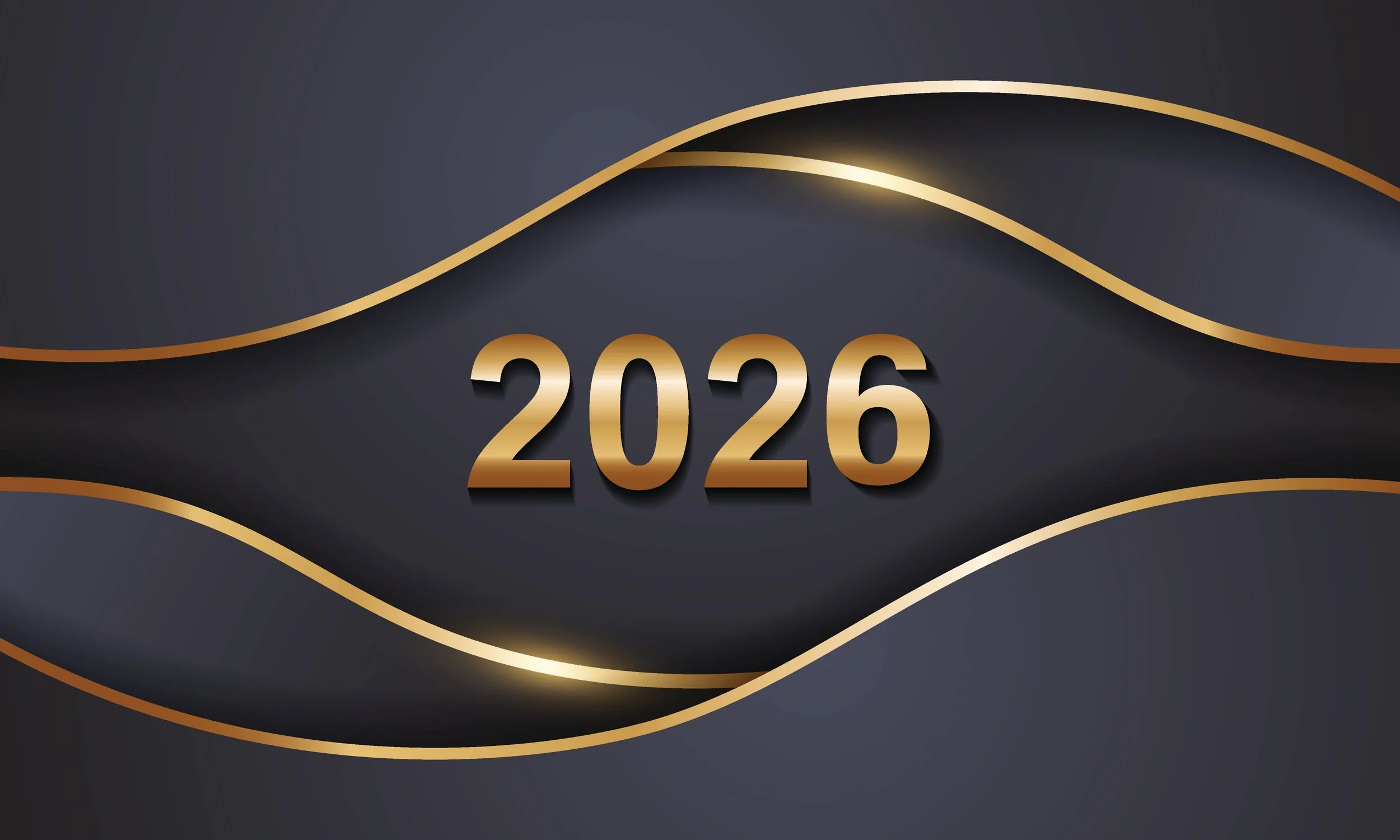Strategic Reflections: Lessons from a Year of Transformation
As 2025 draws to a close, one thing is clear—this was no ordinary year. From shifting global markets to digital acceleration and renewed focus on purpose, organisations across South Africa and beyond have been tested, stretched, and transformed. Now comes the crucial question: what have we learned, and how can these lessons shape a stronger 2026?
Think of 2025 as a crucible—one where leaders, teams, and entire industries were refined through uncertainty. The past twelve months have forced organisations to rethink what agility, leadership, and resilience truly mean.
As we look toward 2026, reflection isn’t just a ritual—it’s a strategic imperative. By pausing to evaluate what worked, what didn’t, and where opportunities now lie, businesses can recalibrate for the year ahead with sharper focus and renewed purpose.
In this article, we’ll unpack the key leadership lessons, market trends, and transformation insights from 2025—and explore how organisations can enter 2026 with a more deliberate and future-fit strategy.
1. Leadership in Flux: The Rise of Adaptive Decision-Making
2025 proved that leadership isn’t about having all the answers—it’s about asking better questions.
Executives faced volatile markets, shifting regulations, and geopolitical uncertainty. Those who thrived were not necessarily the most experienced, but the most adaptive. They embraced uncertainty as a learning opportunity rather than a setback.
Insight: Gestaldt research shows that organisations with adaptive leaders are 1.8x more likely to outperform peers in volatile markets.
Lesson for 2026: Build leadership teams capable of fast, informed decision-making. Encourage leaders to balance long-term vision with the agility to pivot when conditions change.
Quote: “In times of rapid change, it’s not the strongest that survive, but those most responsive to change.” — Charles Darwin
2. Market Shifts: From Growth at All Costs to Sustainable Performance
The global economic landscape in 2025 was marked by tightening capital flows and cautious optimism. Companies began prioritising sustainable profitability over breakneck expansion.
In South Africa, sectors like renewable energy, fintech, and healthcare showed resilience, while traditional industries leaned into digital transformation to stay relevant.
Lesson for 2026: Focus on value creation, not volume growth. Companies that balance innovation with financial discipline will thrive in a cautious but opportunity-rich 2026.
Tip: Reassess your growth metrics—shift from measuring output to tracking impact, efficiency, and long-term viability.
3. Organisational Agility: Moving from Projects to Purpose
In 2025, many organisations learned the hard way that agility isn’t just about fast projects—it’s about clear purpose.
Teams that understood the “why” behind their work were more engaged, aligned, and effective under pressure. As hybrid work models and AI-driven tools matured, organisations with a strong sense of purpose found it easier to adapt and maintain cohesion.
Stat: According to Gestaldt, purpose-driven organisations experience 40% higher employee retention and 30% faster innovation cycles.
Lesson for 2026: Reconnect strategy to purpose. Ensure every initiative—whether digital, operational, or cultural—ties back to your core mission.
4. Technology and Human Capital: Striking the Balance
The explosion of AI and automation in 2025 accelerated productivity—but it also raised new questions about workforce readiness.
The most successful organisations recognised that technology alone isn’t the differentiator—people are. They invested in re-skilling, emotional intelligence, and collaborative capabilities to complement digital tools.
Lesson for 2026: Don’t just digitise—humanise your transformation. Equip teams to work smarter alongside technology, not beneath it.
Tip: Launch an internal “skills forecast” for 2026—identify emerging capabilities your business will need and start building them now.
5. Strategic Focus: From Annual Planning to Continuous Evolution
The era of rigid, annual strategic plans is fading fast. In 2025, many firms shifted to continuous strategy cycles, where planning and execution evolved in tandem.
This fluid approach allowed organisations to respond to external shocks without losing sight of long-term goals.
Lesson for 2026: Treat strategy as a living system. Review and recalibrate quarterly, not yearly. Embed real-time data and feedback loops into your decision-making process.
Quote: “Strategy is a process, not an event.” — Henry Mintzberg
6. The Cultural Factor: Trust, Transparency, and Engagement
One of the biggest differentiators in 2025 was culture. Organisations that fostered open communication, psychological safety, and trust saw stronger engagement and faster recovery from setbacks.
Lesson for 2026: Build a culture that thrives on transparency and shared accountability. Encourage teams to speak up, challenge ideas, and contribute to continuous improvement.
Stat: Gallup found that teams with high trust levels are 2.5x more likely to exceed performance expectations.
Conclusion: Entering 2026 with Clarity and Confidence
As 2025 comes to a close, it’s clear that transformation is no longer a phase—it’s the new normal.
The year taught us that success lies not in predicting the future, but in preparing for it. By embracing adaptability, purpose, and culture-driven strategy, organisations can navigate uncertainty with confidence and clarity.
So, as you set your sights on 2026, take time to reflect. The insights from a year of transformation are not just lessons—they’re a leadership compass for the road ahead.
Final Thought: The organisations that thrive in 2026 won’t be those that plan the most—they’ll be the ones that learn, adapt, and act the fastest.


